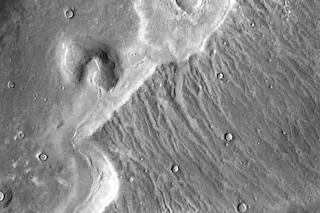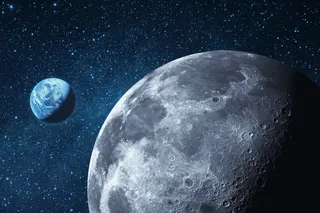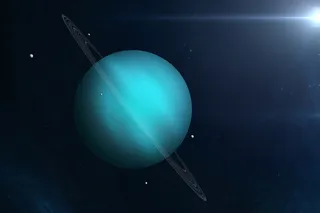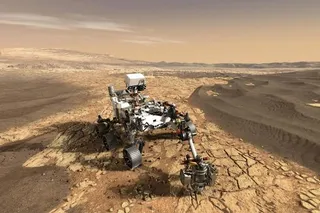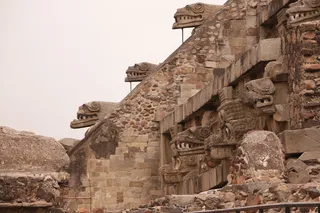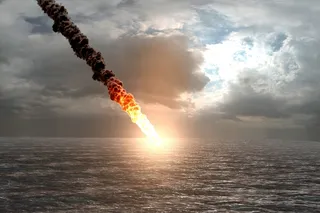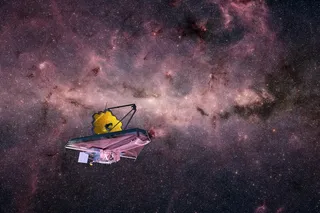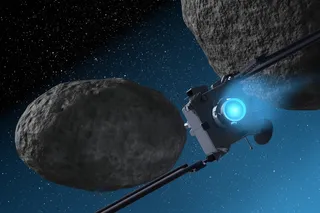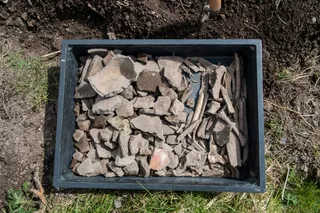Some 3.5 billion years ago, a meteor splashed into an ocean on northern Mars, creating a wall of water 400 feet high. The tsunami crashed down — in seemingly slow motion, due to the low gravity — and then rushed across hundreds of thousands of square miles of plains and up into highlands. It happened again a few million years later, except with a noticeably icier ocean. In a Scientific Reports paper published online in May, scientists said they had found evidence of the two events.
This image shows an ancient Martian coastline, where the impressions of tsunamis are still visible as faint ripples. | NASA/JPL/Malin Space Science Systems/ASU
The team, led by Alexis Rodriguez of the Planetary Science Institute in Arizona, looked at snapshots taken from three Mars orbiters. The researchers focused on the planet’s northern lowlands, where they observed the telltale signs of destruction: a washed-out coastline, rocks ...


